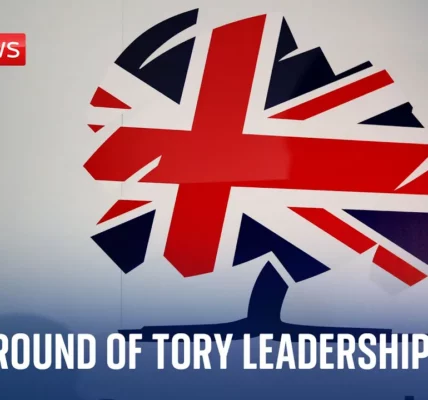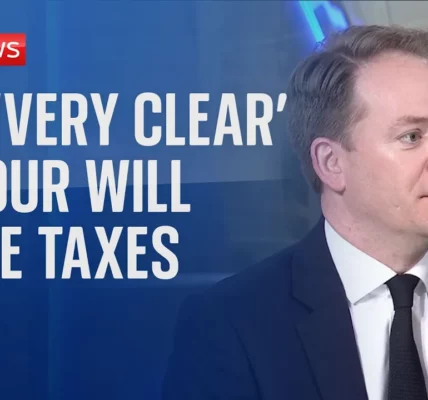Bank of England’s Latest Interest Rate Decision: An In-Depth Analysis

This article provides a comprehensive analysis of the recent interest rate decision by the Bank of England’s Monetary Policy Committee, exploring the economic implications, inflation forecasts, and the voting dynamics within the committee.
Introduction
The Bank of England’s Monetary Policy Committee (MPC) recently made a significant decision regarding interest rates, reducing them for the first time since the pandemic. This article delves into the details of this decision, examining the economic context, inflation trends, and the voting behavior of committee members. Understanding these elements is crucial for comprehending the broader implications for the UK economy.
The Significance of the Interest Rate Cut
The MPC’s decision to cut interest rates from 5.25% to 5% marks a pivotal moment in the UK’s financial landscape. Here are some key factors surrounding this decision:
- First Reduction Since Pandemic: This cut signifies the first reduction in rates since the onset of the COVID-19 pandemic, indicating a shift in the economic recovery narrative.
- Economic Implications: Lower interest rates are expected to stimulate economic activity by making borrowing cheaper, which can lead to increased consumer spending and business investment.
- Inflation Management: The MPC aims to balance the need for stimulating growth while controlling inflation, which has seen fluctuations in recent months.
Voting Dynamics within the MPC
The voting breakdown of the MPC reveals much about the committee’s stance on economic management:
Voting Outcomes
The latest vote was 5-4 in favor of the rate cut, showcasing a divided committee:
- Andrew Bailey: The Governor, who cast the deciding vote, supported the reduction alongside other members.
- Internal Members: Sarah Breeden, Swati Dhingra, and Clare Lombardi joined in favor of the cut, signaling a shift towards more dovish policies.
- Opposing Votes: Megan Greene, Jonathan Haskell, Katherine Mann, and Hugh Pill voted against the cut, reflecting a more hawkish viewpoint concerned with inflation risks.
Economic Context and Inflation Trends
The backdrop against which this decision was made is critical for understanding its implications:
Current Inflation Rates
The MPC has been closely monitoring inflation, which has seen recent stabilization:
- Consumer Price Inflation: Headline inflation has stabilized at 2% in both May and June, aligning with the Bank’s target.
- Earnings Growth: Recent statistics show earnings growth fell to 5.6%, suggesting a cooling labor market.
- Service Sector Trends: There are indications that services inflation is moderating, which could relieve some pressure on the Bank’s policy decisions.
Future Outlook and Considerations
Looking ahead, the MPC’s decision to cut rates is not without its challenges and considerations:
Potential for Further Rate Cuts
Market expectations suggest that there may be additional rate cuts before the year ends:
- Analysts are divided on the likelihood of further reductions, given the finely balanced nature of the recent vote.
- The economic indicators are showing signs of improvement but remain delicate and subject to change.
Risks to Inflation
Despite the positive trends, there are still significant risks:
- Upside Risks: The MPC noted that inflationary persistence has not completely dissipated, and upside risks still loom.
- Global Economic Factors: External shocks and global economic conditions can impact the UK economy, potentially complicating monetary policy decisions.
Conclusion
The recent interest rate cut by the Bank of England’s Monetary Policy Committee signifies a crucial shift in the UK’s economic strategy. While the decision aims to stimulate growth amidst easing inflation, the divided votes highlight the complexities of monetary policy in a recovering economy. Stakeholders should remain vigilant as further economic indicators unfold. For more insights into the implications of monetary policy decisions, explore our related articles on economic trends and inflation forecasts.
“`




